
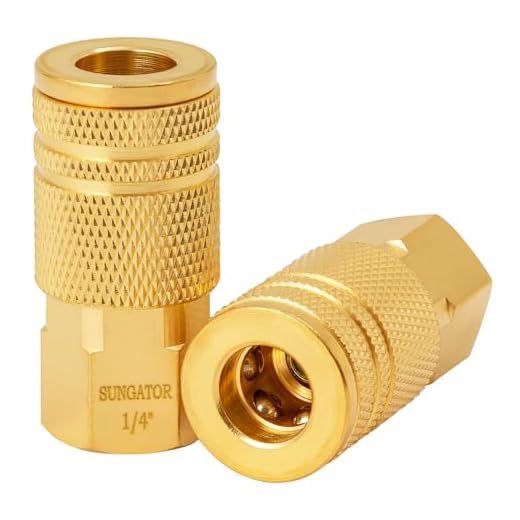
Regular maintenance of high-pressure cleaning devices enhances performance and longevity considerably. Guaranteed upkeep intervals include after every 50 operating hours, or at the very least, every six months. This proactive approach prevents minor issues from escalating into significant breakdowns.
In instances of infrequent use, a seasonal check-up is advisable. Before the start of each spring or summer cleaning project, inspect components such as hoses, connectors, and nozzles. Any signs of wear or damage should prompt immediate attention to avoid inefficient cleaning.
For those who use heavy-duty models, a detailed inspection every three months can ensure that the pump, motor, and electrical system remain in top condition. Winter months warrant special attention; before storing the equipment, run antifreeze through the system to protect against freezing damage.
Adhering to these specific timeframes and practices not only contributes to persistent efficiency but also prolongs the life expectancy of high-pressure cleaning devices, safeguarding your investment for years.
Signs that your cleaning device needs servicing
It’s time for attention if the unit struggles to start. A faulty ignition system or a drained battery often causes this issue.
Notice a lack of pressure during operation? This usually indicates a clogged nozzle or an issue with internal components. Check for blockages in hoses and filters as well.
Unusual noises can signal underlying problems. Rattling, grinding, or persistent squeaking may point to wear on moving parts or potential motor failure.
Pay close attention to leaks. Water pooling around the base or dripping from hoses can suggest that seals or connections have degraded.
Excessive vibrations while in use often indicate misalignment or internal damage, warranting immediate assessment.
If there’s an unusual smell during operation, such as burning rubber, this might point to overheating or electrical issues. Turn the machine off and check for faults.
| Sign | Possible Cause |
|---|---|
| Struggles to start | Faulty ignition or drained battery |
| Lack of pressure | Clogged nozzle or internal component issues |
| Unusual noises | Wear on moving parts or motor failure |
| Leaks | Degraded seals or connections |
| Excessive vibrations | Misalignment or internal damage |
| Unusual smell | Overheating or electrical issues |
Recommended service intervals for different types of usage
For light domestic use, conducting maintenance every six months suffices. This typically includes checks on hoses, nozzles, and connections. Regular cleaning of filters and ensuring proper lubrication of moving parts enhances lifespan.
In moderate situations, such as frequent outdoor cleaning tasks or driveway maintenance, intervals shrink to every three months. Additional focus on the pump and motor is required, as wear may accelerate under more demanding conditions.
Heavy-duty usage, particularly for commercial applications, necessitates monthly inspections. Each cleaning job increases workload and stress on components, making it critical to monitor signs of wear and potential malfunctions consistently.
Specific Task Considerations
For tasks involving heavy grease or industrial grime, a notable increase in maintenance frequency is advisable. Emptying and cleaning the detergent tank after every use helps prevent residues from affecting performance. Furthermore, checking seals and O-rings quarterly ensures optimal functionality.
Seasonal Practices
With fluctuating weather conditions, a thorough check before and after prolonged periods of non-use is essential. Seasonal users must inspect for potential frost damage or wear due to environmental exposure, aiming for a full maintenance session at the start of each active season.
Preventative maintenance tips to prolong service life
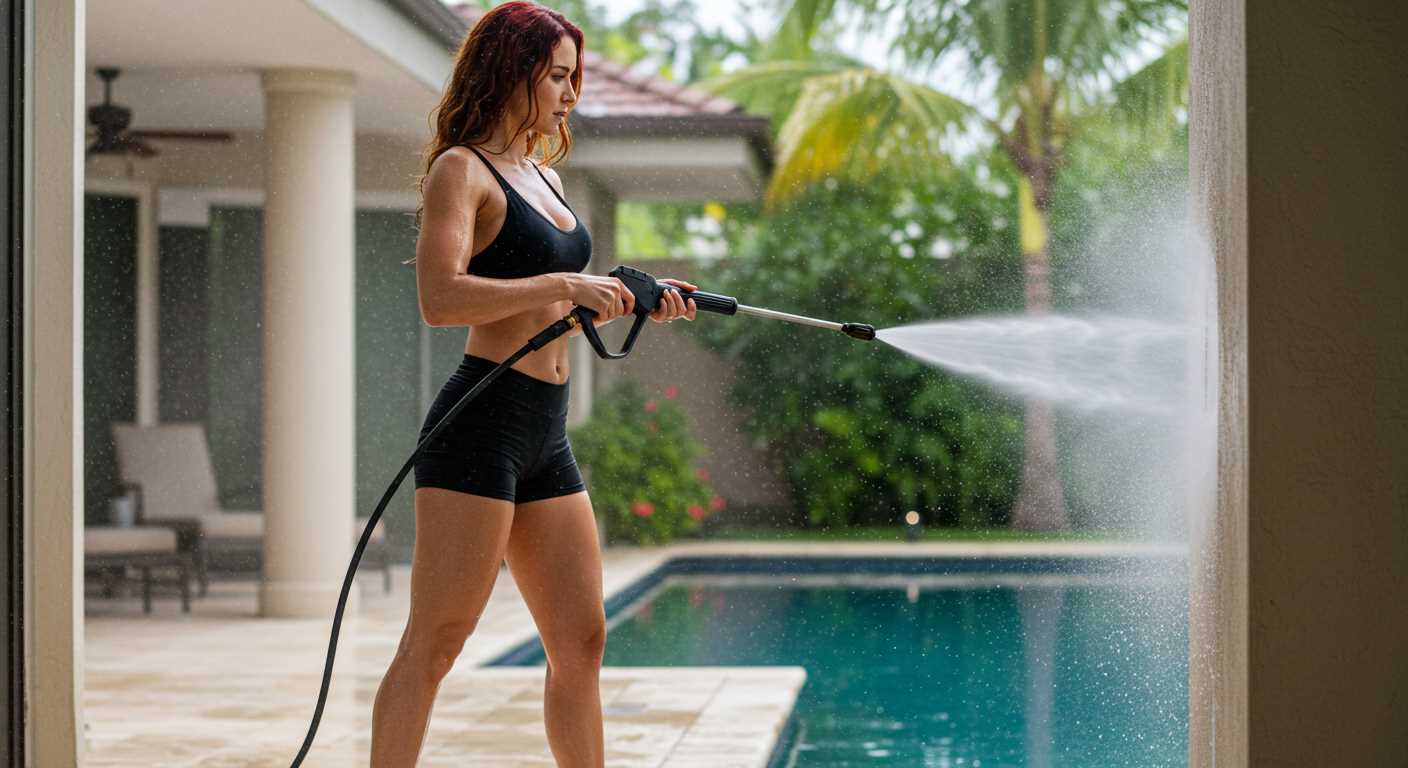
Regularly check the oil level and quality, changing it according to the manufacturer’s recommendations. Use a high-quality oil suitable for the engine type to enhance performance and longevity.
Inspect and clean the air filter frequently. A clogged filter restricts airflow, affecting the combustion process and engine efficiency. Replace it if it appears damaged or heavily soiled.
Monitor hoses and connections for any signs of wear, cracks or leaks. Promptly replacing any damaged sections prevents larger issues from developing and maintains optimal performance.
Utilise a seasonal pre-operation check. Before first use each season, run through all systems to identify potential issues. This proactive approach can save time and costly repairs down the line.
Keep the machine clean after every usage. Removing dirt, grease, and debris helps maintain the equipment’s condition and prevents corrosion, especially in critical areas.
Use the correct nozzle for each task. The appropriate spray pattern reduces wear and tear, enhancing precision while limiting potential damage to surfaces.
Store in a dry area away from harsh environments. Keeping machinery secure from moisture and extreme temperatures preserves its components and extends overall usability.
Consider using a stabiliser in the fuel if using petrol engines. This preserves fuel quality during periods of inactivity, ensuring reliable starts and engine health.
Follow guidelines for regular inspections of electrical components, ensuring connections are intact and free from corrosion. This practice enhances safety and functionality.
Best practices for seasonal preparation and storage

Thoroughly drain the water from the unit after each use. This step prevents freezing that can damage internal components during colder months. Remove any detergent residue using plain water to avoid clogging nozzles in storage.
Store in a cool, dry place, ideally in a garage or shed where temperature fluctuations are minimal. Avoid leaving the equipment outdoors, as weather conditions can lead to corrosion and wear.
Cover with a protective tarp or dedicated cover to shield from dust and dirt. Ensure all accessories, such as nozzles and hoses, are stored together to prevent loss and damage.
Perform a visual inspection at the start and end of each season. Check for any visible signs of wear or damage on hoses and connectors. This early detection can help prevent more significant issues during operation.
Consider adding fuel stabiliser if the engine uses gasoline and will not be used for an extended period. This product prevents fuel degradation and ensures easier starts when it’s time to use again.
Consult the manufacturer’s guidelines for any specific recommendations related to long-term storage. Each model may have unique maintenance requirements to ensure optimal performance when it’s time to use the equipment once more.
Common issues requiring immediate professional attention
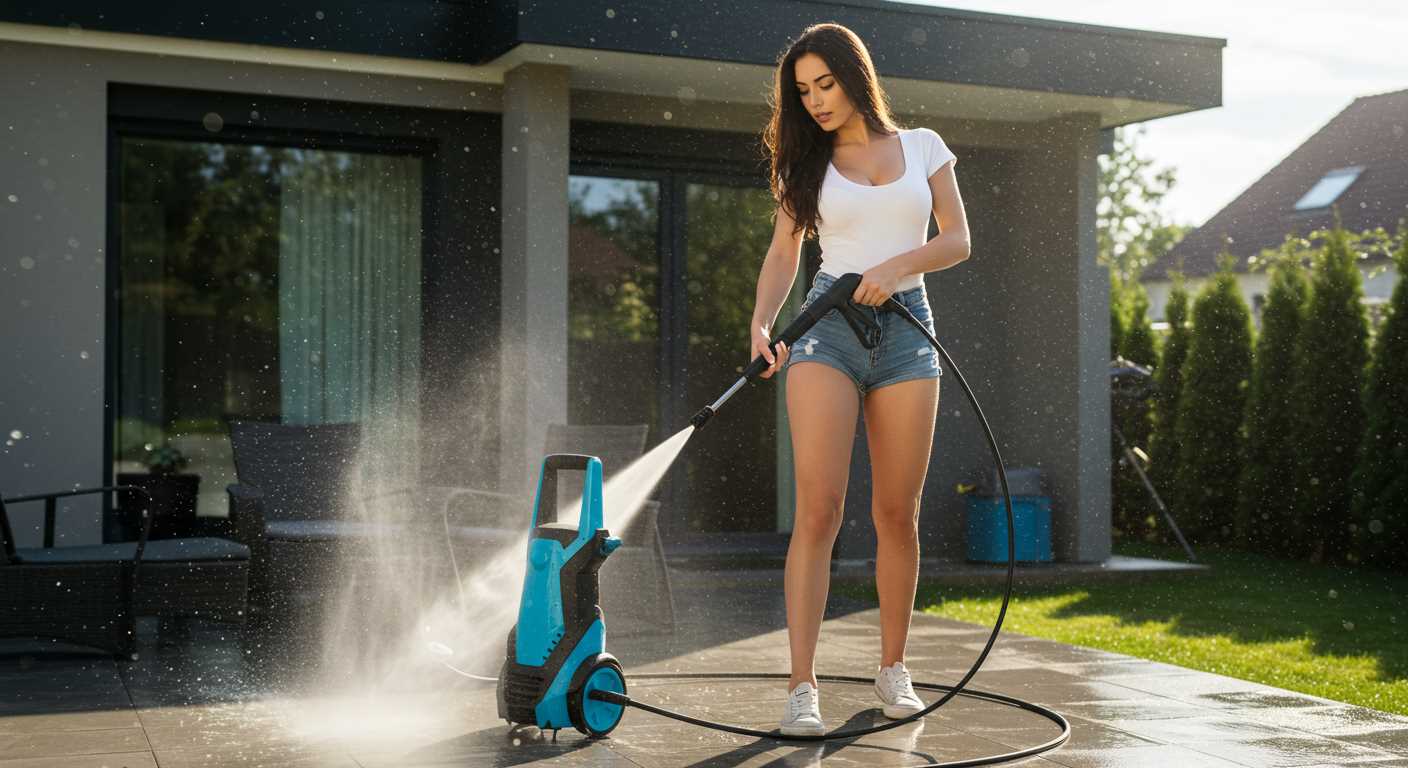
Experiencing diminished pressure output indicates a possible obstruction or pump issue; immediate assistance will help prevent further damage. Leaks around hoses or connections signify seal degradation, necessitating prompt replacement to avert safety hazards. A persistent engine noise, particularly a grinding sound, signals an internal failure that warrants urgent inspection.
If the unit fails to start, check for fuel or power supply issues; however, prolonged failure often points to ignition problems that require expert evaluation. Water contamination, evident through discolouration or unusual smells, can lead to significant internal harm; addressing this immediately is essential.
Electrical malfunctions, such as tripped circuit breakers or sparks, are serious issues that should not be ignored. These conditions can present electrical hazards, demanding professional intervention. Additionally, if the equipment emits smoke, this represents an immediate threat and necessitates immediate shutdown and assessment by a qualified technician.
Unusual vibrations during operation often suggest loose components. Left unchecked, this can escalate into more severe mechanical failures. Sudden fluctuations in pressure or erratic operation patterns correlate with pump dysfunction, accompanied by the risk of catastrophic breakdowns, requiring swift professional attention.
Cylinder wear, identifiable through reduced performance, should not be overlooked. Timely servicing can mitigate extensive repairs in the long run. Lastly, observing an increase in fuel or water consumption can indicate underlying issues. These signs demand expert evaluation before they evolve into more costly repairs.
How to perform basic maintenance checks yourself
Start with a visual inspection of external parts. Look for any cracks, damage, or loose fittings. Ensure that hoses are intact without signs of wear or leaks.
Check the Oil Level
If the model has an oil reservoir, check the oil level and quality. Replace oil if it appears dirty or is below the recommended level.
Inspect the Filters
- Remove the air filter and clean or replace it if it’s clogged.
- Examine the water inlet filter; clean out debris to maintain proper flow.
Assess the Pump
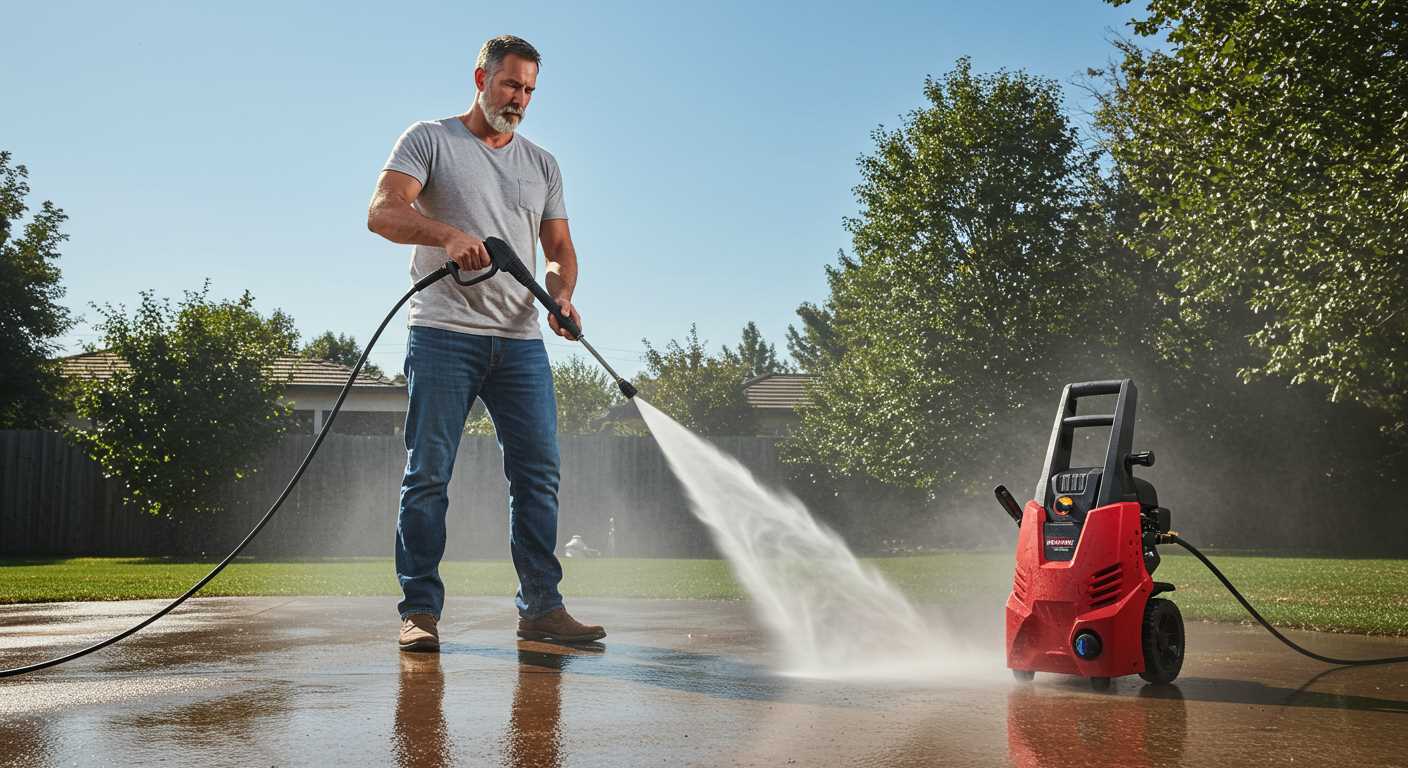
Listen for unusual noises during operation, which may indicate pump issues. Inspect the pump for leaks or signs of corrosion.
Spray Gun and Nozzles
- Check the spray gun for any cracks or damage.
- Examine nozzles for clogs. Clean them with a small wire or needle if blocked.
Electrical Components
Inspect electrical connections and cords for fraying or wear. Tighten any loose connections. Ensure that the power cord is correctly rated for the unit.
Run a Test
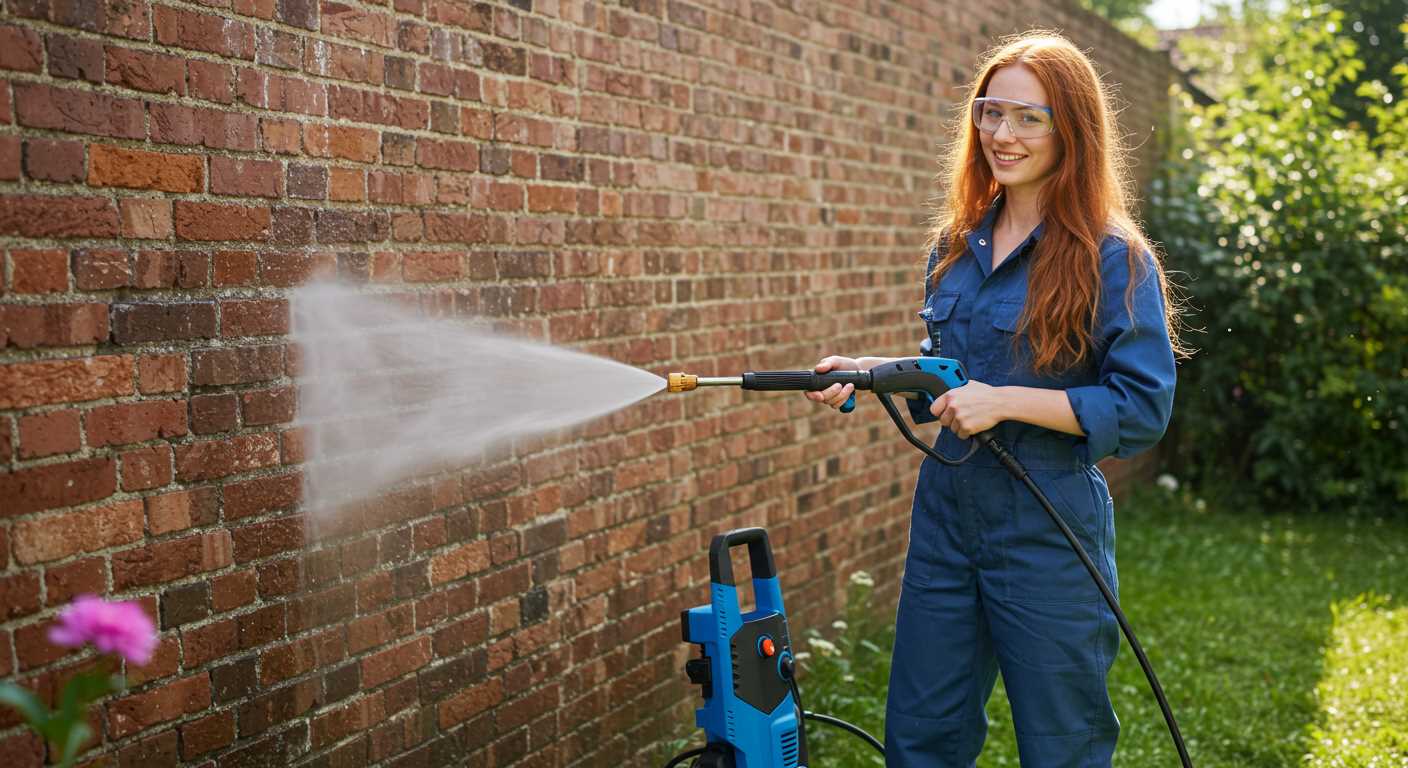
After performing checks, run a brief operational test. Monitor pressure and output, ensuring everything functions smoothly.
Maintaining a cleaning unit ensures longevity and peak performance, making these checks integral to its upkeep.






